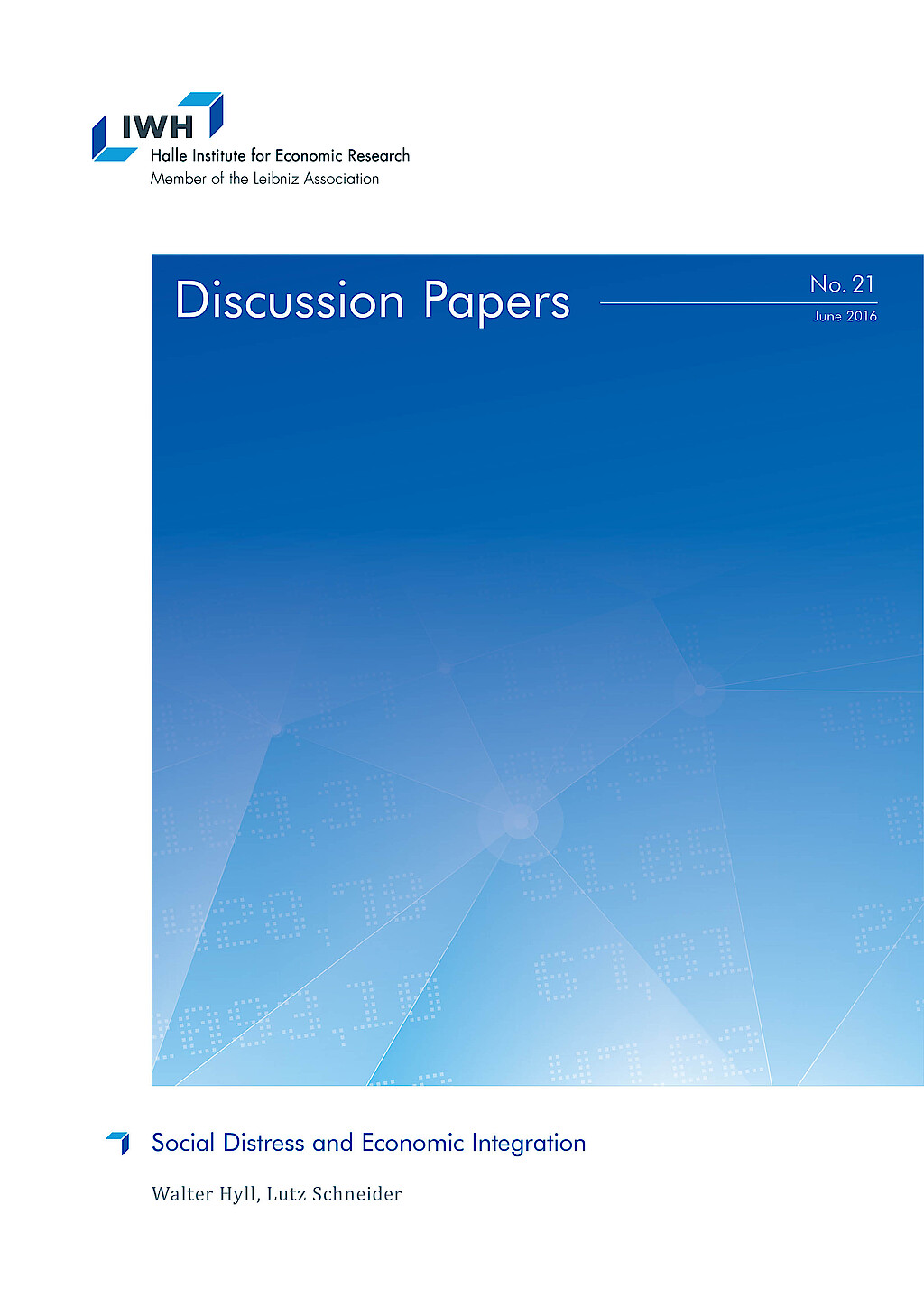
Money and Inflation: The Role of Persistent Velocity Movements
While the long run relation between money and inflation is well established, empirical evidence on the adjustment to the long run equilibrium is very heterogeneous. In the present paper we use a multivariate state space framework, that substantially expands the traditional vector error correction approach, to analyze the short run impact of money on prices. We contribute to the literature in three ways: First, we distinguish changes in velocity of money that are due to institutional developments and thus do not induce inflationary pressure, and changes that reflect transitory movements in money demand. This is achieved with a newly developed multivariate unobserved components decomposition. Second, we analyze whether the high volatility of the transmission from monetary pressure to inflation follows some structure, i.e., if the parameter regime can assumed to be constant. Finally, we use our model to illustrate the consequences of the monetary policy of the Fed that has been employed to mitigate the impact of the financial crisis, simulating different exit strategy scenarios.




